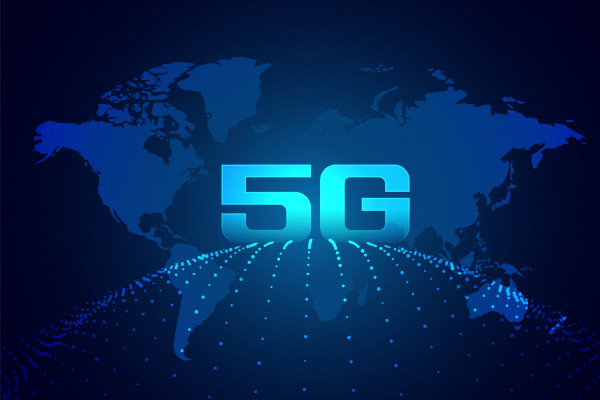The Brooklyn 6G Summit, since its inception in 2014, has focused on the long-term future of wireless technology and looks ahead to research and development and what may come into being beyond 5G. But one of the virtual event’s panels this week also focused on the here and now of how mobile network operators see thestate of 5G currently, and as it evolves into 5G Advanced.
Speakers from T-Mobile US, Dish Network, AT&T, Deutsche Telekom and the U.S. Federal Communications Commission weighed in on 5G, its potential and deriving value from the new network technology. The general consensus? 5G has a long way to go and there’s still a lot to learn that will, ultimately, shape future 6G systems.
Asked to put the current state of 5G on a scale of 1-10 (with a 10 means that the vision of the technology has been fully realized), the responses ranged from an optimistic 8 to a 3 for the currently deployed 5G Radio Access Network, with most speakers putting 5G somewhere in the middle and differentiating between the state of development of 3GPP standards and actual deployment — which standards being farther along than deployments. Sid Chenumolu, VP of technology development at Dish Network, pointed out that the primary use cases for 5G thus far have mostly focused on enhanced mobile broadband (eMBB) and legacy services like voice and messaging, rather than unique new services.
Gordon Mansfield, VP of device and access technology at AT&T, pegged 5G at closer to a 5 on a 10-point scale. While all of the national U.S. carriers are off to a good start on 5G deployment, Mansfield said, “The reality is that if you look at the ecosystems and all the things you want to put on top of [5G], that’s where we’re still lacking. … We’ve got a good foundation, but the applications that then start to take advantage of it to put it into consumers’ hands, that’s where the work is still necessary and I think … we’ll start to see more of that in ’22, but I think frankly, it’s going to be ’23 before that really scales and I think that’s what’s necessary to get us all the way to a 10. It’s not just about the network, it’s about the devices, it’s about the applications that go on top of it, and there’s still a lot of work to do there.”
The panel generally agreed that upcoming releases of the 5G New Radio standard offered a good mix of enhancements to existing features that enable 5G to be more fully realized, and new ones that could enable things like wearables that don’t need to be tethered to smartphones, or dynamic network slicing that could better support remote working or learning. Multi-access edge computing for on-premise enterprise applications is being used currently, but MEC in general needs a rapid on-ramp for applications and tight alignment with the core, Mansfield said; he expects to see MEC for delivery of consumer applications grow over the next two years.
One audience question raised the concern of whether, if focus is already shifting to 6G across the ecosystem, whether 5G will receive enough attention and investment so that it will get the full measure of improvements in power consumption and other areas.
“Nobody’s waiting for 6G to drive power efficiency, or to drive greater new capabilities into the network,” responded Mansfield. “That is what we do every single day. Every single release that comes out drives new capabilities that allow us to quickly turn that into … new service opportunities or power efficiencies.”
Karri Kuoppamaki, VP of radio network technology development and strategy for T-Mobile US, agreed. “We have to push spectral efficiency, power efficiency … all these different efficiencies, security efficiency — forward all the time. It’s just part of the evolution. …
“I think it’s important that as we lay plans and visions for the next generation, that we do that based on learnings from previous generations,” Kuoppamaki continued. “And I think we have a lot to learn, still, from 5G to fully understand what we need from 6G.”
Kostas Chalkiotis, vice president of 5G solutions at DT, reminded the audience that preparation for the next generation of wireless tech always happens in parallel with continued development of the current one. “Don’t forget that every next generation is coming when the previous generation is exhausted. And we’re not done with 5G, we have a long way to go,” he said.

